A story about NSX owners has it that a group who frequented forums got the hump watching the values of cars like the 993-generation Porsche 911 soar while their Hondas continued to sell for significantly smaller sums.
Given fewer than 500 NSXs were sold in the UK between 1990 and 2005, it was a small, close-knit community. After years of venting, one bright spark suggested a simple way to address what they felt was an imbalance: ‘Let’s all agree to sell at a minimum price’.

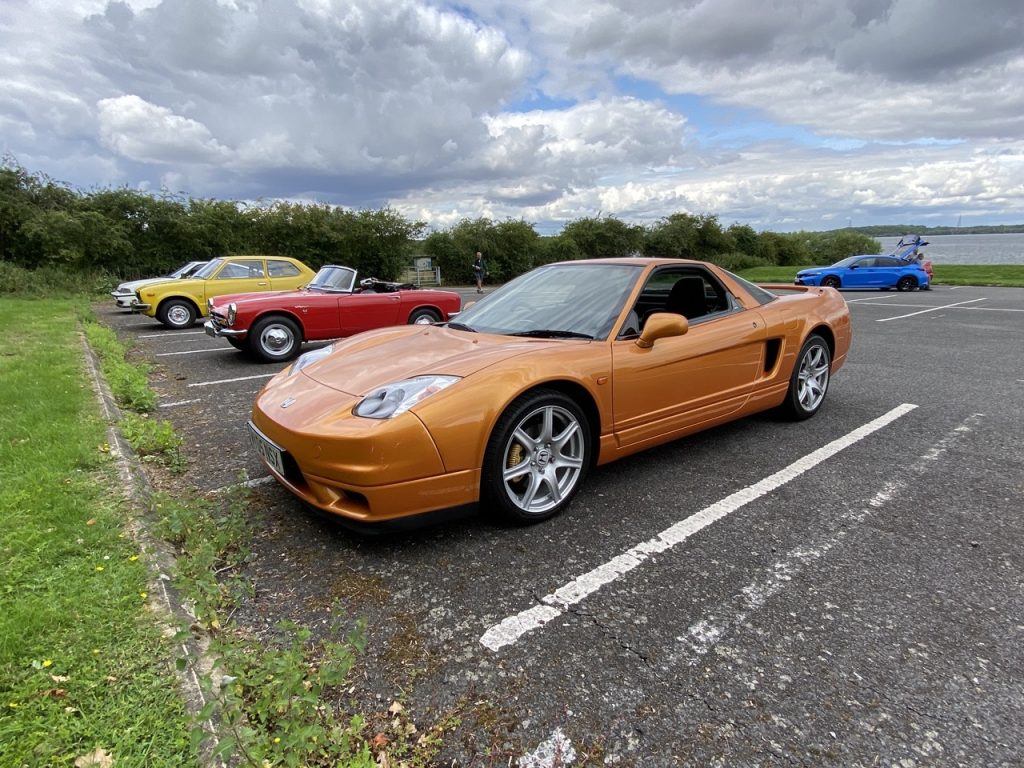
Apparently, they did. And in little time at all, values as good as doubled. Skip forward to the present and you’ll need a minimum of £40,000 for a worn NSX, and more than £110,000 for a concours example – more still for late, face-lifted examples.
Who can blame them? From the moment the first tests of the NSX were conducted on UK soil, in around December 1990, the word was out that Ferrari, Lotus, Lamborghini, and Porsche – the upper echelons of sports car society – had been getting away with turning out some pretty flawed cars and charging silly sums of money. The NSX well and truly changed the game.
However, what it didn’t change was the badge on the bonnet. Regardless of the quality of the execution, the ‘H’ badge had the strong whiff of Eastbourne retiree about it. Make your way past Zimmer frames and lapdogs, and Honda showrooms were a sea of Concertos and Accords, sales staff knew precious little about the worlds inhabited by Ferrari and Porsche owners, and the 348 or 911 part-exchange offer would be laughable.
More than anything, that’s why the NSX proved such a tough sell in the UK. Much as we may hate to admit it, we’re a nation of badge snobs.
All the more reason to feel envious of those who did look beyond the end of their nose and bought an NSX. Driving one today, it still feels revelatory.
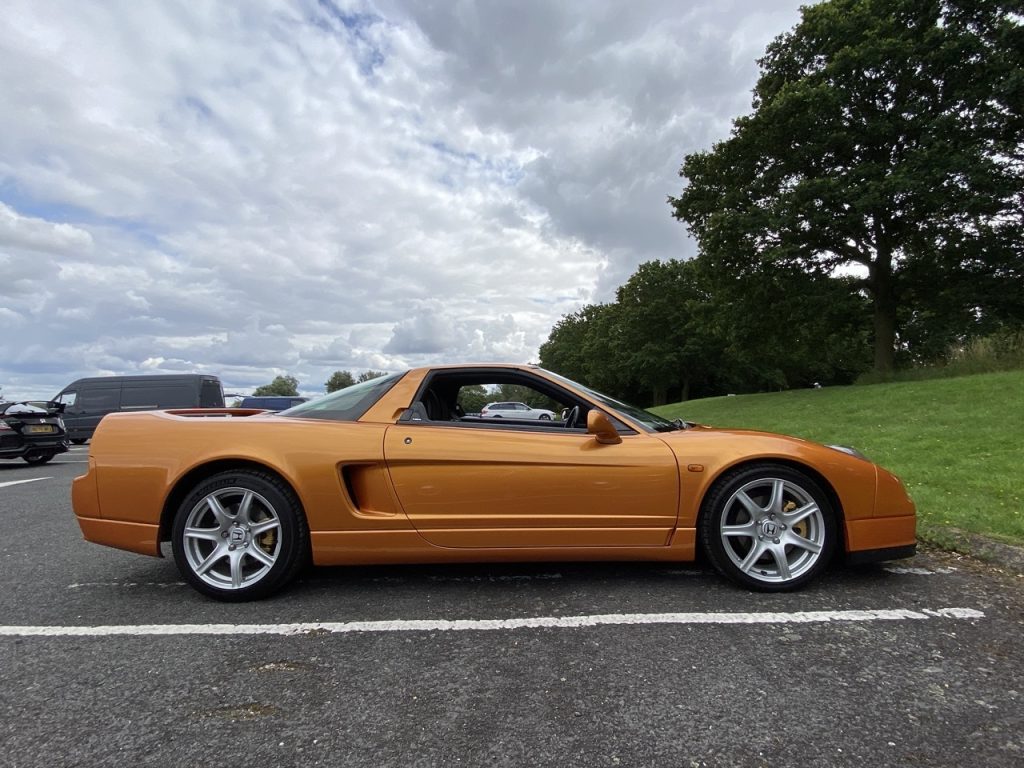
I recently spent a day with a late, face-lifted, 3.2-litre NSX manual coupe, stretching its 45,000-mile legs on the B660, a great bit of B-road that makes its way between Bedford and Peterborough.
The first test of any sports car like this is to step back and watch the effect it has on other people. Wherever it was parked it drew a crowd, wherever it went it turned heads.
And then came the true acid test: What would a young petrolhead make of it? An 11-year old lad who was part of our party of car enthusiasts instantly made a beeline for the NSX, and it was the one car he politely asked to ride in. By the end of a blat he was beaming from ear to ear. That is The Power of Dreams in action.
Those who were sniffy about the car during the time it was on sale told themselves it was Japanese and therefore soulless white goods. But those same people hadn’t driven it. And they probably hadn’t experienced many of the great cars the nation had already brought the world – Toyota 2000 GT, Corolla GT and MR2, Datsun 240Z, Mazda RX-7, Nissan Skyline GT-R R32. Even Honda had form, with the S500, S600 and S800 pocket-sized, 9,500rpm runarounds.
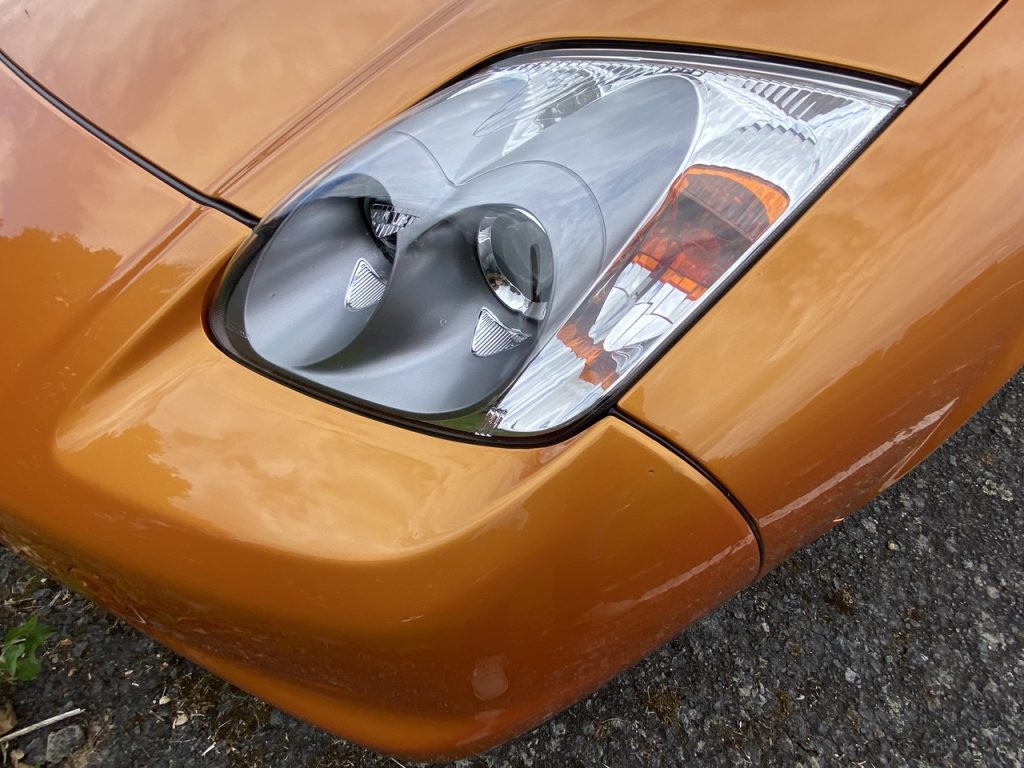
But did you know the NSX has its roots in a research project based around the Honda City, the diminutive kei car that rolled around the streets of Tokyo?
In the early 1980s, Honda engineers launched into a research and development project that experimented with a new mid-engined, rear-wheel-drive platform that could be versatile enough to be adapted to work with the next City and larger Civic. The engineers couldn’t get over how much better these prototypes were to drive than the existing City, but unsurprisingly a long list of practical and financial hurdles meant the project went no further.
It lived on in the minds of those engineers, however, says Shigeru Uehara, the engineer who led the development of the NSX, Integra Type-R. “It’s the dream of every development engineer to create a sports car,” Uehara recounted. “The people who proposed changing the research direction at the evaluation meetings must also have had that dream.”
We all know how the story goes from there. Honda returns to Formula 1, wants a car that connects the conservative brand to the high-octane sport, breaks new ground by choosing to use aluminium construction, takes onboard feedback from Ayrton Senna about a lack of structural rigidity, and delivers almost faultless execution.
It left itself just enough room for improvement, though, with the more powerful 3.2 V6 and the introduction of a six-speed gearbox and electric power steering.
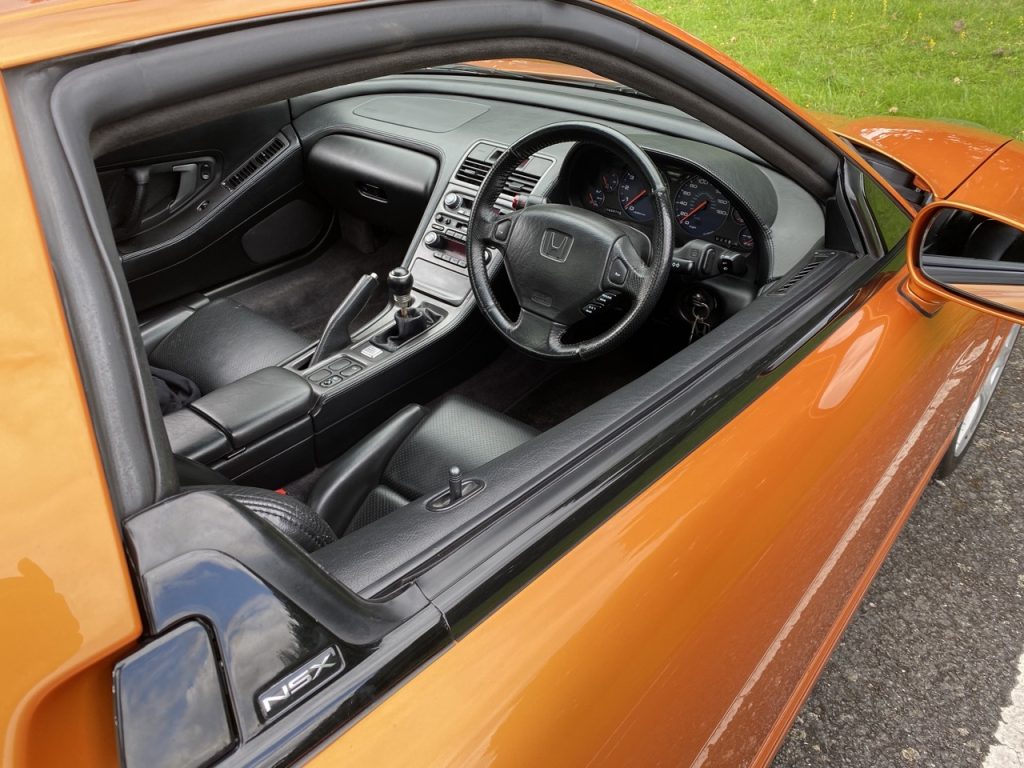
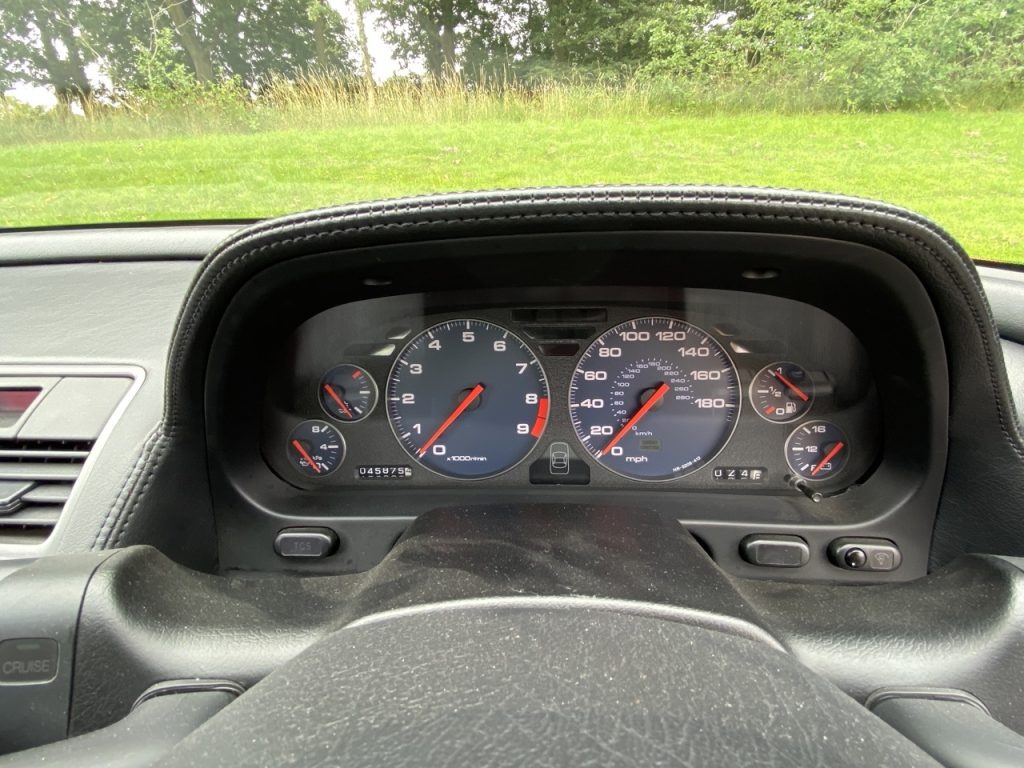
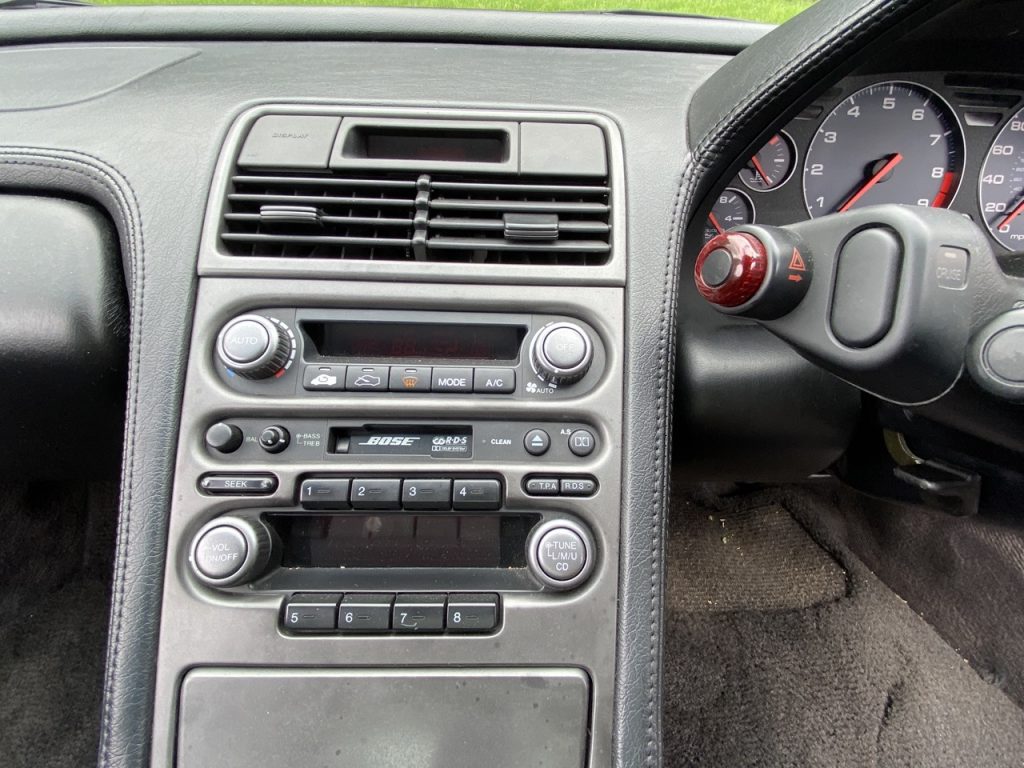
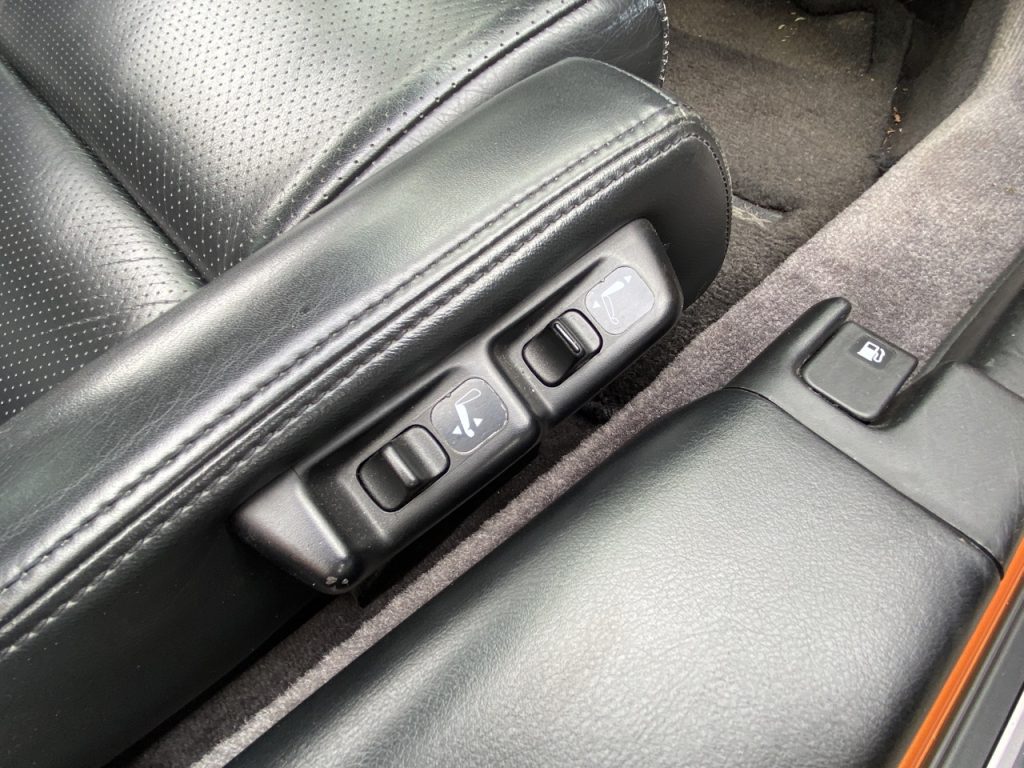
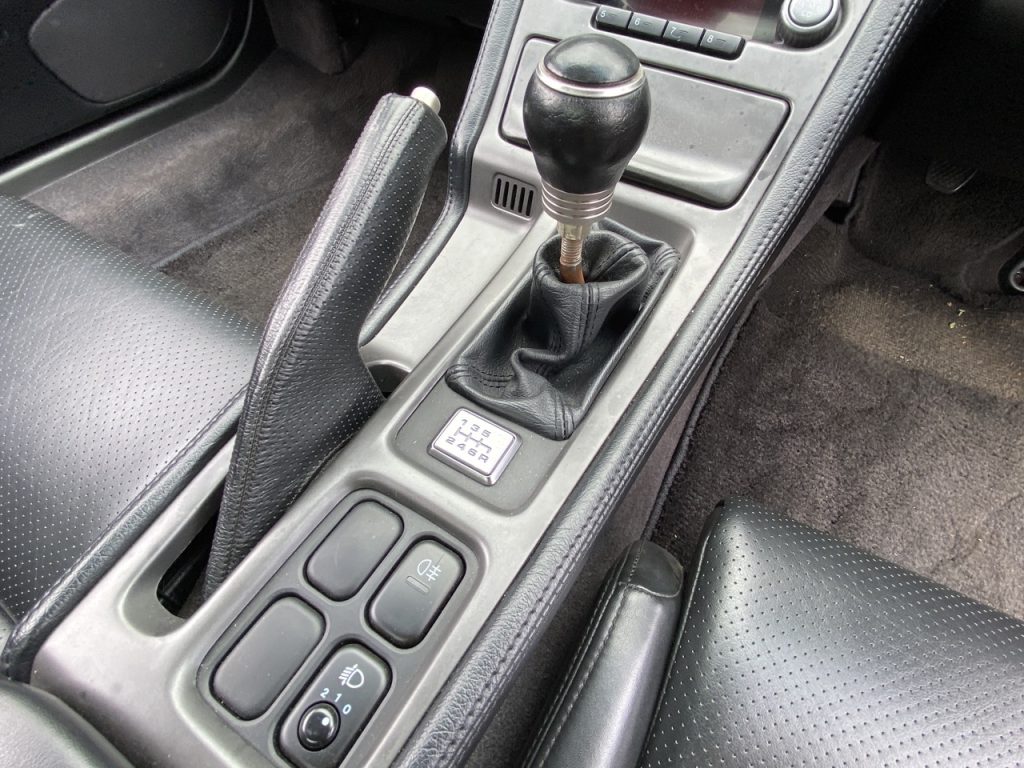
The fundamentals are just so right, just so Honda. The cabin is surprisingly easy to climb in and out of, the canopy cockpit – said to be inspired by the F-16 Fighting Falcon – gives a tremendous view of surroundings, the pedal alignment is faultless and the ergonomics show up the somewhat shambolic layouts of a contemporary 911 or 348.
Then there is the soundtrack. As the V6’s variable volume induction manages airflow into the engine, the character switches approaching 5000rpm from a smooth thrum to a sharp snarl… all the way to 8300rpm. Which brings the gearchange into play. It’s as precise and perfectly weighted as any sports car I’ve driven, a joy to use up and down the gears. Throttle response is delicious.
Flowing down the road with a suppleness that all too many cars of its time or since lack, there’s an eager agility in the way it changes direction and rotates about the centre as you load up all four tyres through corners and play with the throttle.
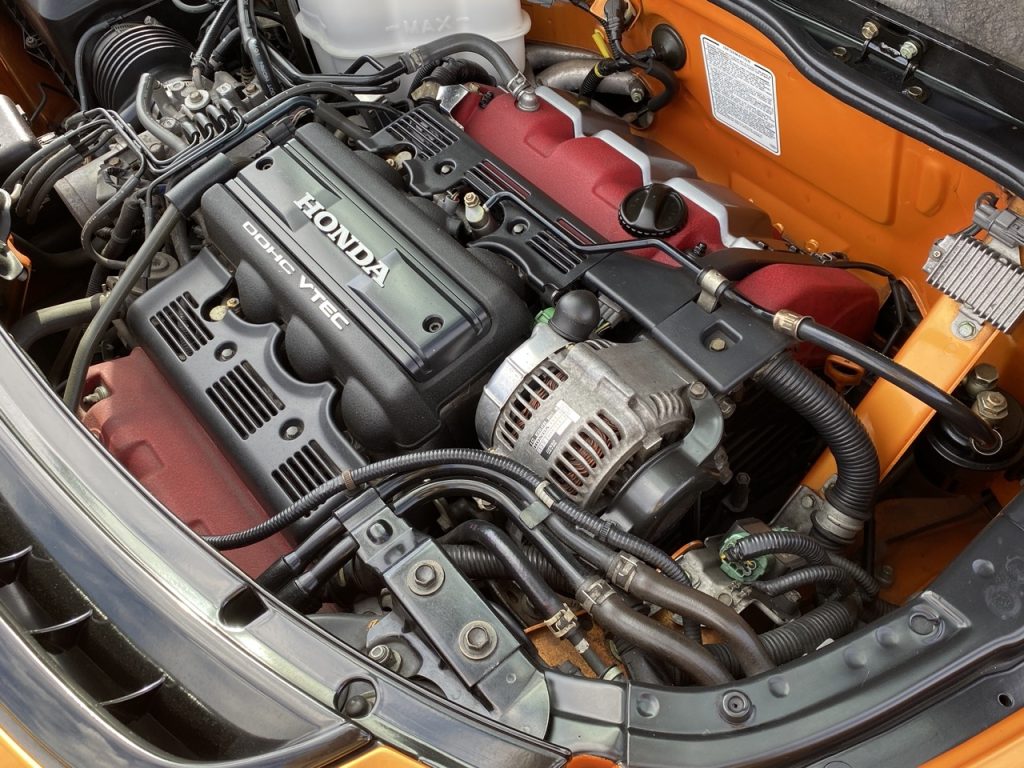
Some say the NSX can be vindictive at the limit, but on the road there are no such character flaws evident, no sting in the tail. The car just shrinks around you, full of feel and egging you on with a perfectly judged level of performance (the development team obsessed about the power-to-weight of the NSX) that can largely be fully exploited on the public road. And all the while I marvelled at how the cabin of this 18-year-old car felt as devoid of squeaks and rattles as it did the day it rolled out of the purpose-built factory in Tochigi, where it was hand-made at a rate of just 25 a day.
For all its orderliness and logic, the NSX feels organic, soulful, and thrilling. It was and remains a sports car of rare brilliance. I don’t blame those owners one bit for coming together in the forums and demanding a value that better reflects the talents of the NSX.

















I think the first part is made up! It’s just values climbed I’m other countries and it’s a great and rare car
As an NSX owner of nearly 20 years the idea of owners price fixing is simply a work of fiction, I have no idea where the author got that information from. There are always equiries made for Insurance values, maybe that is the “fixing” you refer to. Typical click bate title.
This article is littered with inaccuracies. Price fixing is illegal, so I highly doubt that 500 different people colluded to fix the sale price of their cars and not get caught. So that’s surely fiction. And the VTEC transition happens at 5800rpm, not 5000. Easily verifiable by simply reading the NSX owners manual or spending 10s on NSX Prime. What a shambolic click bait trash heap of an article.
Hi, Acura NSX owner.
As you point out, price fixing is illegal, which explains why, at the time, the publisher concerned took down the thread where the values of NSX’s were being discussed and suggestions about selling for a minimum were raised. It was the stuff of legend in our publishing office at the time, as this was in the relatively early days of forums and the legal implications were a hot topic, while moderation was in its infancy, to put it mildly.
Also, thanks for the tip on spending ’10s on NSX Prime. Before I do, you should read up about the Honda V6’s VVIS – Variable Volume Induction System – as it appears from your comment that you are confusing it with VTEC. The two are complementary but independent of one another.
TBH the first four paragraphs are complete and utter piffle! And is an embarrassment to your so called profession of “journalism”
Hegerty if you wish to project authority in a marketplace this is not the way to do it.
Trust me I know I have been in the global advertising game for the last 35 years.
It’s not a bad piece. There are always a few mistakes, lots of regurgitation and a few unobvious bits of info thrown in to any article. In a world full of conflict, clickbait is now the standard rather than the exception. Youtube have made it into an art form.
If you think about it. The NSX was an insanely obvious future classic. It has an interesting story and is incredibly important in the timeline of sport/supercars. It was also built largely during the period when prestige cars were being built with care and to a high standard (see Mercedes, BMW, etc). If you throw in a bit of nostalgia it’s a dead cert.
However, like pretty much every other car, it devalued over time and eventually hit the bottom of it’s devaluation curve.
Then a number of years ago, they began to increase in value. Past owners who had moved on berated the rise, but with the help of the forums, dealers and journalists, they started to gain in popularity. That and the Playstation generation and US import rules.
This began in earnest a bit over 10 years ago with the sale of one facelift car. I seem to remember the sewing circle wondering why the buyer didn’t get an Audi R8 instead? There was no mystery there; it just wasn’t his thing.
The 80’s-90’s was a pretty special time for innovation in cars. Even the ‘built to a price’ stuff was suddenly useable and possessed lots of character. The hot hatch market was arguably at it’s pinnacle and the German manufacturers were creating well built great looking cars that can still be seen today.
Now, there aren’t that many NSX’s left in the UK. many have been exported and a lot of early auto cars have been imported from Japan. From all the cars left, some have been abused and some have been down the road. This leaves only a small number of good cars that you would actually want to own.
Thank you James Mills for your insight into the owners discussion in the early days of forums (prior to 2005?) to “agree” prices, however at best estimate these conversations occurred around 8 years before the prices start to increase. On that point it is still click bait. The NSX is not the only car to acheive a sudden appreciation of the value of the vehicle – the Ford Sierra is a prime example of prices going through the roof, but then I guess those owners must have agreed to a minimum price as well 😛
The article helps us to increase the prices for what is a very special and different car.